| Structure | Name/CAS No. | Articles |
|---|---|---|
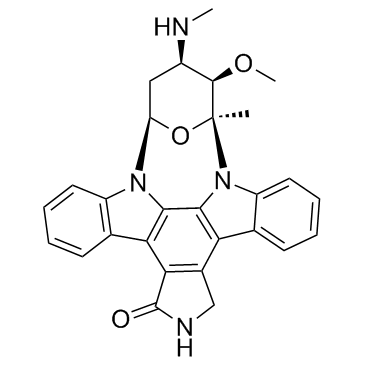 |
Staurosporine
CAS:62996-74-1 |
|
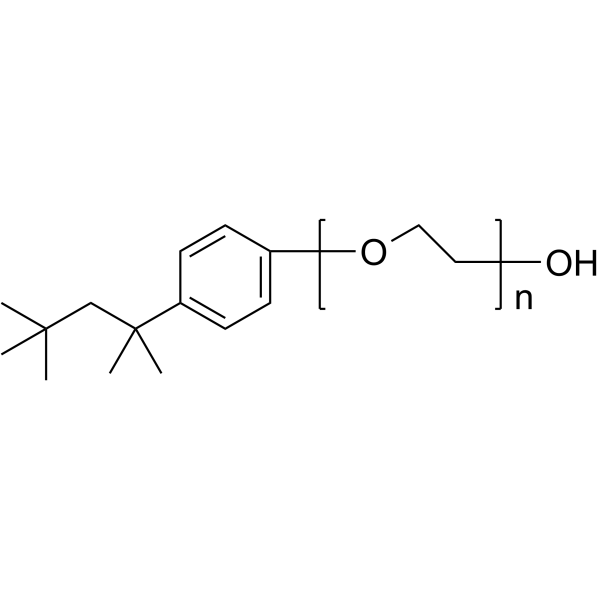 |
Triton X-100
CAS:9002-93-1 |
|
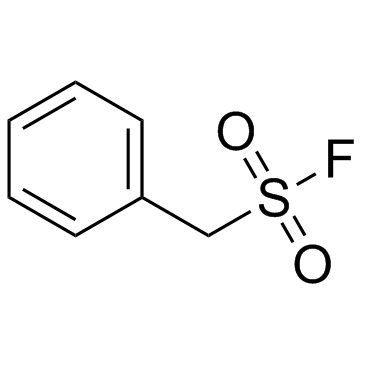 |
PMSF
CAS:329-98-6 |
|
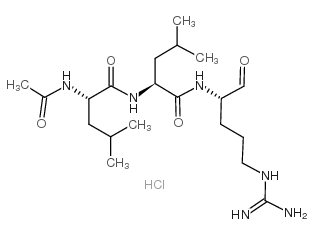 |
Leupeptin hydrochloride
CAS:24125-16-4 |
|
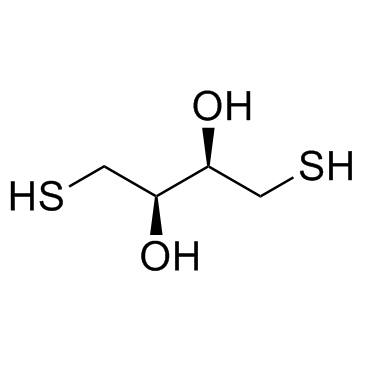 |
DL-Dithiothreitol
CAS:3483-12-3 |
|
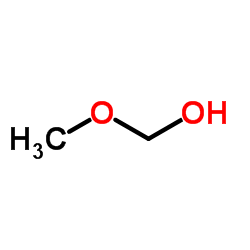 |
Paraformaldehyde
CAS:30525-89-4 |
|
 |
Tween 20
CAS:9005-64-5 |
|
 |
Sodium deoxycholate
CAS:302-95-4 |